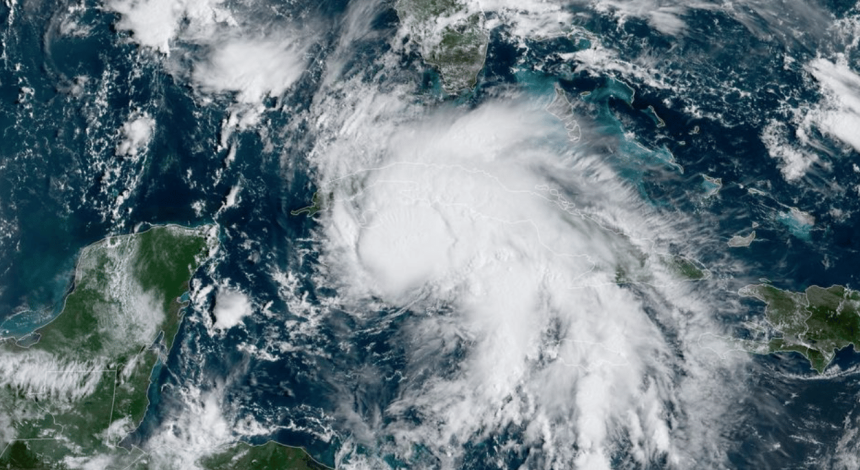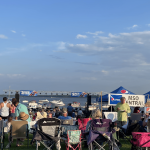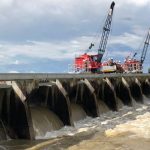Hurricane season is upon us and now is the time to prepare for the unexpected, especially when living along the Mississippi Gulf Coast.
Dr. David Holt, an associate professor of geography in the School of Coastal Resilience at The University of Southern Mississippi (USM), says hurricane experts and models are predicting a slightly more active than average hurricane season. However, a big factor will be how El Niño plays into the weather patterns.

“We are predicting a pretty strong El Niño by the end of the year,” said Holt. “It’s about a 90 percent chance.”
According to the National Oceanic and Atmospheric Administration (NOAA), an El Niño cycle is described as trade winds weakening and warmer weather being pushed east toward the west coast of the Americas. Many areas in the U.S. are warmer. Along the Gulf Coast, the weather is wetter and may bring increased flooding, especially in Florida.
El Niño events tend to curve many storms into the Atlantic, while La Niña events tend to pull many storms into the Gulf. Although Holt said El Niño doesn’t mean we won’t see storms in the Gulf. The increased wind shear can inhibit hurricane formation.
Hurricane season starts June 1 and ends November 30. Holt said now is the time to plan and to think about what storms you will evacuate from. Thinking about food and supplies is essential.
“Make a plan now and know your situation,” said Holt.
Buying items such as batteries, flashlights, water, and food for 3-5 days without power is ideal.
“You need to have your disaster list ready. Have water, get your canned goods make sure your generator works now, not 72 hours before a storm comes,” said Holt.
Holt also emphasized the importance of receiving accurate information when tracking storms. He says many websites thrive from panic and clicks. Holt recommends going to the National Hurricane Center website for up-to-date info.
“In the long run, we are playing the prediction model,” said Holt. “That’s part of the game of living along the coast.”
Some essential supplies during hurricane season, according to FEMA’s website are:
- Water
- Non-perishable food items and easy-to-prepare items
- Flashlights
- Batteries
- Medications
- Sanitation supplies
- Cash
- Extra fuel for generator or car
- Copies of personal documents (house deeds/leases, birth certificates, insurance policies, medical information, proof of address)







